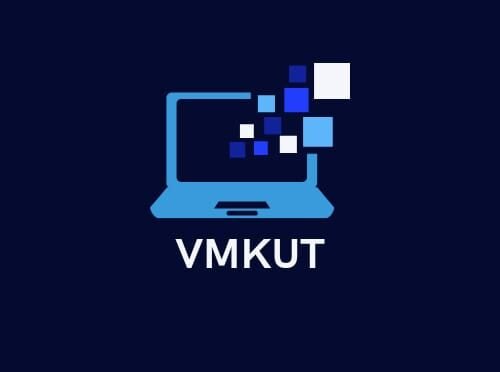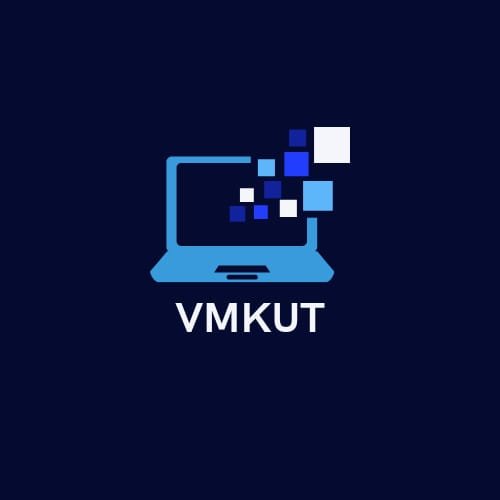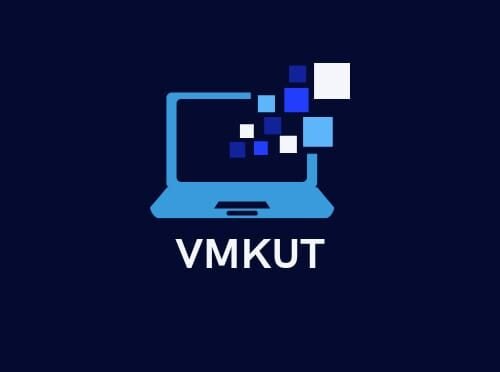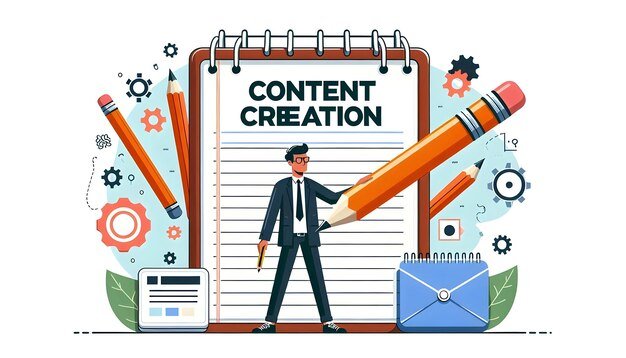edukag.in
In an age where digital presence is paramount, Edukag has emerged as a pioneering platform focused on social media advertising for the Business and services sector. This business specializes in promoting all types of Business , and Services resources through innovative marketing strategies tailored to reach and engage Audiance and Buyer alike. This article will explore Edukag‘s social media advertisement Business and services, the significance of social media advertising in Business and Services strategies employed, challenges faced, and the future of social media marketing.
- The Importance of Social Media Advertising in Business and services 1.1 Enhancing Visibility
Social media platforms have billions of active users, making them invaluable for business houses and service institutions seeking to enhance visibility. By effectively utilizing these platforms, Business and services can reach prospective buyers and Sellers who are actively searching for Business opportunities.
1.2 Engaging the Audience
Social media allows for dynamic interactions. Unlike traditional advertising, social media advertising can engage potential customers through compelling content, fostering a sense of community and connection.
1.3 Targeted Marketing
Social media advertising offers robust targeting capabilities. Edukag can help business houses and service institutions reach specific demographics based on age, location, interests, and behaviors, ensuring that the right messages reach the right audience.
- Edukag’s Services
Edukag offers a range of services designed to meet the unique needs of Business houses and service institutions. These services include:
2.1 Social Media Strategy Development

Edukag works closely with Business houses and service institutions to develop tailored social media strategies. This involves assessing the business houses and service institution’s goals, target audience, and current online presence to create a comprehensive plan that outlines specific objectives and tactics.
2.2 Content Creation
Creating engaging content is crucial for successful social media advertising. Edukag provides professional content creation services, including:
- Graphic Design: Eye-catching visuals that capture attention and communicate messages effectively.
- Video Production: Short, impactful videos that highlight programs, campus life, and success stories from all types of customers i.
- Copywriting: Well-crafted copy that resonates with the target audience, whether it’s for advertisements, social media posts, or blog content. 2.3 Paid Advertising Campaigns
Edukag specializes in managing paid advertising campaigns across various social media platforms such as Facebook, Instagram, LinkedIn, YouTube, various Blogs and Twitter. This includes:
- Ad Creation: Designing visually appealing ads that convey the houses and institution’s message.
- Targeting and Segmentation: Utilizing advanced targeting features to ensure ads reach the intended audience effectively.
- Budget Management: Setting and optimizing ad budgets to maximize return on investment (ROI).
2.4 Analytics and Reporting
Understanding the performance of advertising campaigns is crucial. Edukag provides comprehensive analytics and reporting services, allowing houses and institutions to track key performance indicators (KPIs) such as:
- Engagement Rates: Views, Likes, shares, rating and review, comments, and overall interaction with content.
- Conversion Rates: The percentage of users who take desired actions, such as signing up for newsletters or applying for purchase.
- Audience Insights: Analyzing demographic data to refine targeting strategies and improve future campaigns. 2.5 Community Management
Edukag offers community management services to foster engagement and interaction between houses and institutions and their audiences. This involves:
- Responding to Inquiries: Engaging with prospective buyers and sellers in real-time to answer questions and provide information.
- Monitoring Feedback: Keeping track of comments and feedback on social media platforms to address concerns promptly and maintain a positive brand image.
- Strategies Employed by Edukag
Edukagemploys a variety of strategies to ensure successful social media advertising for business houses and service institutions:
3.1 Storytelling
Utilizing storytelling techniques helps create emotional connections with audiences. Edukag emphasizes sharing success stories, customer testimonials, and behind-the-scenes glimpses of beneficial life to make the brand and institution relatable and appealing.
3.2 Interactive Content
Creating interactive content, such as polls, quizzes, and live Q&A sessions, encourages engagement and participation. This not only attracts attention but also fosters a sense of community among prospective customers.
3.3 Influencer Collaborations
Collaborating with influencers in the various sector can amplify reach. Edukag identifies and partners with various influencers who can authentically promote project and services of institutions and their offerings, increasing credibility and engagement.
3.4 Multi-Channel Approach
Edukag adopts a multi-channel strategy to maximize outreach. By promoting content across various platforms, such as Facebook, Instagram, LinkedIn, YouTube , various Blogs and Twitter, business houses and service institutions can reach diverse audiences and reinforce their message.
3.5 Consistent Branding
Maintaining consistent branding across all channels is crucial. Edukag ensures that the visual identity, tone, and messaging align with the product and services, business houses and service institution’s values, creating a cohesive online presence.
- Challenges in Social Media Advertising for product and services
While Edukag’s approach is robust, various sector of business and services faces several challenges in social media advertising:
4.1 Competition
The business and services sector is increasingly competitive, with numerous business institutions vying for the attention of prospective customer. Standing out in a crowded marketplace requires innovative strategies and compelling content.
4.2 Rapidly Changing Algorithms

Social media platforms frequently update their algorithms, affecting how content is displayed. Staying updated on these changes and adapting strategies accordingly is essential for maintaining visibility.
4.3 Diverse Audiences
Business houses and service institutions often cater to a diverse audience, including all types of domestic customers, and international customers. Crafting messages that resonate with various demographics can be challenging.
4.4 Managing Negative Feedback
Negative comments or reviews can impact an institution’s reputation. Edukag emphasizes the importance of effective community management to address concerns and maintain a positive image.
- The Future of Edukag and Social Media Advertising in Education
The landscape of social media advertising in education is continuously evolving. Here are some anticipated trends that Edukag will likely leverage:
5.1 Increased Use of Video Content
As video continues to dominate social media, Edukag will increasingly focus on producing high-quality video content, including virtual campus tours, student testimonials, and live events to engage audiences effectively.
5.2 Personalization and AI
The use of artificial intelligence and data analytics will enable more personalized marketing strategies. Edukag will likely harness these technologies to tailor messages and advertisements to individual user preferences.
5.3 Growth of Mobile Marketing
With the growing reliance on mobile devices for accessing information, optimizing content for mobile viewing will become a priority. Edukag will focus on creating mobile-friendly ads and content.
5.4 Focus on Community Engagement
Building strong online communities will be essential. Edukag will continue to enhance community management efforts, fostering genuine interactions and connections between institutions and their audiences.
5.5 Sustainability and Social Responsibility
Consumers increasingly value brands that prioritize social responsibility and sustainability. Edukag can help educational institutions communicate their values and initiatives effectively to resonate with socially-conscious students.
- Conclusion
Edukag is at the forefront of transforming social media advertising within the education sector. By providing tailored strategies, comprehensive services, and innovative solutions, Edukag enables educational institutions to enhance their visibility, engage with prospective students, and build lasting relationships. As the landscape of social media continues to evolve, Edukag’s commitment to adapting and innovating will ensure that it remains a vital partner for institutions looking to thrive in the competitive education market. Ultimately, the success of social media advertising in education hinges on the ability to connect authentically with audiences, foster trust, and provide valuable information that meets the needs of today’s learners.















